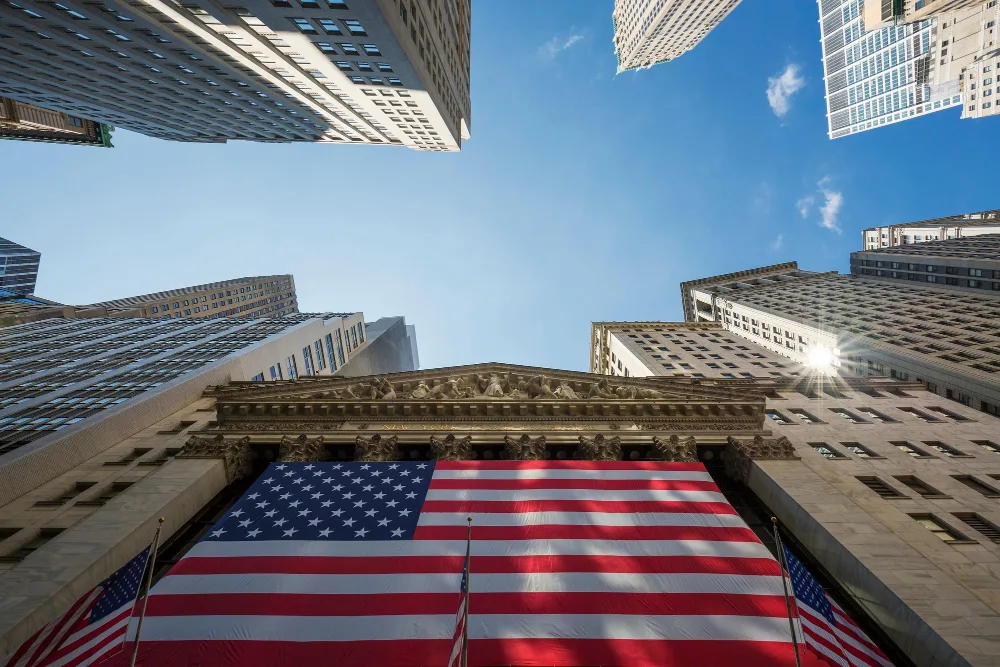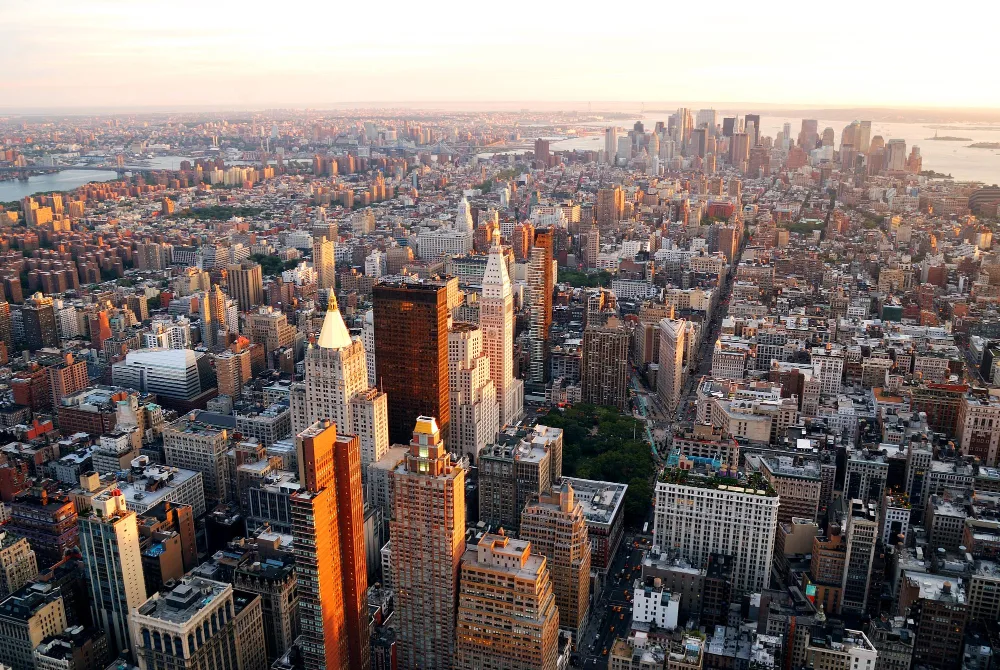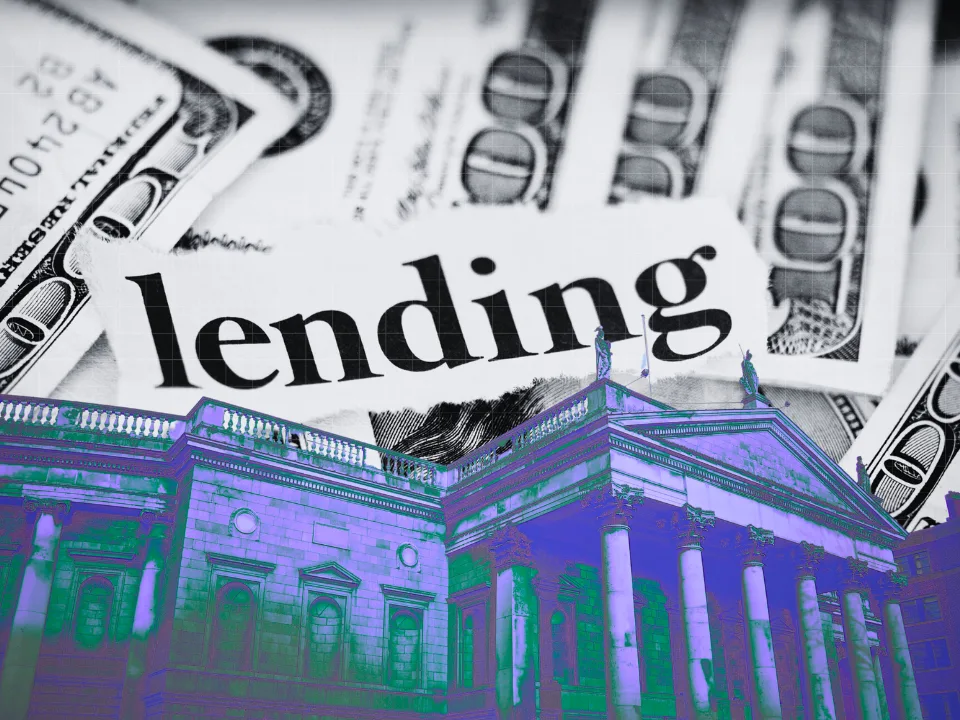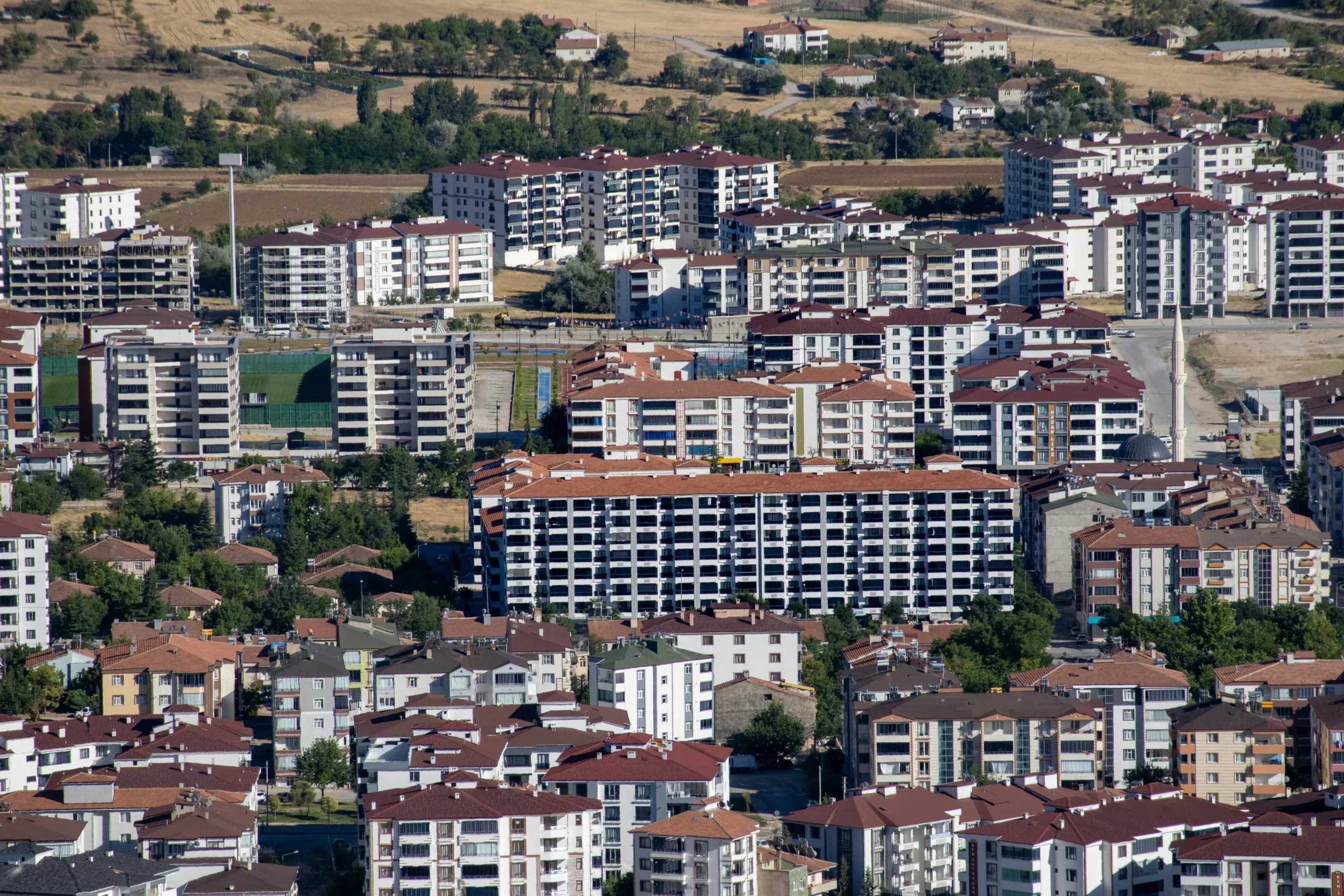- Zohran Mamdani’s mayoral win introduces uncertainty but not immediate upheaval for New York City’s commercial real estate market, as insiders expect moderation in governance compared to his campaign platform.
- Rent freezes for the city’s 1M rent-stabilized units are possible but may face early obstacles if outgoing Mayor Adams appoints last-minute Rent Guidelines Board members.
- CRE leaders anticipate compromise, not confrontation, as Mamdani’s team signals a willingness to engage with business and housing stakeholders.
- Tax hikes on corporations and high-income earners remain unlikely without state-level support — but progressive political pressure could shift the landscape in 2026.
A New Political Era for NYC CRE
The Commercial Observer reports that the election of Democratic Socialist Zohran Mamdani as mayor of New York City has sent ripples across the city’s real estate and business sectors. Long viewed as an outsider by the commercial real estate establishment, Mamdani campaigned on progressive housing reform and economic redistribution. But insiders are urging CRE to brace for something less revolutionary and more practical.
“There’s a difference between campaign slogans and governing strategy,” said former Deputy Mayor Alicia Glen. “We’ve seen this play out before.”
Rent Freeze Reality Check
Top of mind for landlords is Mamdani’s promise to freeze rents on the city’s nearly 1M rent-stabilized units — a move that’s possible but not guaranteed. The Rent Guidelines Board, which sets annual rent increases, is fully appointed by the mayor, but six of nine members are serving expired terms. If outgoing Mayor Eric Adams fills those slots before leaving office, Mamdani’s rent freeze could be delayed by up to two years.
Even if implemented, any rent freeze will require financial offsets to prevent further disinvestment in aging housing stock. With 2019 rent law changes limiting rent increases for capital improvements, some landlords argue the economics no longer support reinvestment — a problem Mamdani has acknowledged.
He’s floated potential relief, including efforts to reduce landlord insurance costs by supporting alternative carriers like Milford Street, a nonprofit insurer for affordable housing providers.
Can Mamdani Actually Deliver on Housing
Mamdani’s housing plan calls for 200,000 new residential units over the next decade — a majority of them permanently affordable. The proposal includes $100B in capital funding, expedited approvals for 100% affordable projects, and greater use of city-owned land.
Former NYCEDC president James Patchett says that kind of plan is feasible, especially if Mamdani prioritizes staffing at housing agencies and accelerates the Office of Management and Budget’s approval processes — both of which are under mayoral control.
“The permitting backlog and capital bottlenecks are where real gains can be made,” said Patchett.
Get Smarter about what matters in CRE
Stay ahead of trends in commercial real estate with CRE Daily – the free newsletter delivering everything you need to start your day in just 5-minutes
The Tax Question
Mamdani’s fiscal strategy includes raising the city’s corporate tax rate to 11.5% and imposing a 2% flat tax on incomes over $1M. Both proposals face uphill battles, since tax changes require state legislative approval — and Governor Kathy Hochul has already called new taxes a “non-starter.”
Still, analysts say that political dynamics could shift in Mamdani’s favor, especially with progressive momentum building ahead of 2026 state elections.
But even if Albany remains opposed, Mamdani’s policies could influence legislative negotiations and frame the debate on funding public housing and services.
Commercial Real Estate Cautiously Engaged
Despite early alarm from parts of the CRE industry, political veterans say Mamdani’s approach may be more pragmatic than his platform suggests.
“He’s been willing to meet with people he doesn’t agree with and look for specific areas of alignment,” said top NYC lobbyist Suri Kasirer. “That matters.”
Others echoed that sentiment, pointing to Mamdani’s early staff hires and signals that he understands the need for housing production incentives and landlord cost relief.
Still, some, like longtime political strategist Hank Sheinkopf, remain skeptical. “He has no money, and no realistic way to raise it. That’s going to hit hard come budget season.”
What to Watch
- Rent Guidelines Board Appointments: Will Adams act before leaving office, or will Mamdani get a clean slate?
- Affordable Housing Acceleration: How quickly can Mamdani streamline development approvals and allocate capital?
- Budget Season 2026: Will progressive allies in Albany help pass funding mechanisms — or will tax hikes stall?
- CRE Investment Trends: Will institutional landlords pause investment activity in anticipation of regulatory shifts?
Bottom Line
Mamdani’s election signals a shift in political tone but not necessarily a wholesale disruption to commercial real estate — at least not yet. The CRE industry will need to engage early and often to shape policies that address housing affordability without stalling private investment.
Whether Mamdani becomes a transformational mayor or a polarizing figurehead depends less on ideology and more on execution.


















